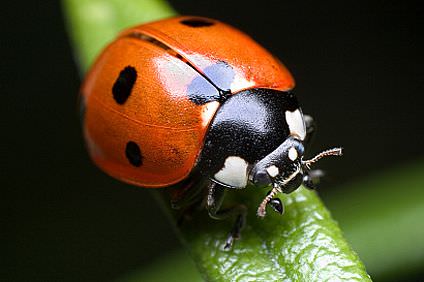This plant may be available to buy
Click the banana to see

|
Parents who love cool click pic to enlarge |
|
Sorry to say, we receive emails from kids and parents with many weird concepts for plant experiments for kids, e.g. what makes plants grow better, Coca-Cola, Pepsi-Cola, Sprite, Mandarin Orange or Fago Rock 'n Rye? What? Such an idea has nothing to do with NATURE. Plants = Nature. Kids need to conduct real-world experiments that will actually teach a lesson 5 plant experiment ideas intended for young children
(1) Do plants grow better in different light? Use 5 small pots the same size. Make sure they have drainage holes at the bottom. Styrofoam or waxed paper cups are OK. Fill with soil. Moisten the soil and let excess water drain. Sprinkle 8-10 ordinary radish seeds on the soil. Now sprinkle about 1/4 inch of soil over the seeds and water again, but very lightly. Water very lightly every day. The day the radish seeds sprout, place each pot in a different location, e.g.
Show your child how to use a ruler. Have the child measure the radish plants once a week and write down sizes in different pot locations. Radishes typically mature in 35-45 days. Review with your child what they see as the conclusions to the experiment. (2) How do plants grow with different water? Use 4 small pots the same size. Make sure they have drainage holes at the bottom. Styrofoam or waxed paper cups are OK. Fill with soil. Moisten the soil and let excess water drain. Sprinkle 8-10 ordinary radish seeds on the soil. Now sprinkle about 1/4 inch of soil over the seeds and water again, but very lightly. Water very lightly every day with ordinary tap water. After the radishes sprout from the soil, place all the pots together, preferably outdoors in a sunny location. Label each pot with a name or number. Water lightly every day, each with different water:
Radishes typically mature in 35-45 days. Review with your child what they see as the conclusions to the experiment. You may also taste the radishes and comment. If significant, photos may help tell part of the story. (3) How do plants grow with different food? Use 4 small pots the same size. Make sure they have drainage holes at the bottom. Styrofoam or waxed paper cups are OK. Fill with soil. Moisten the soil and let excess water drain. Sprinkle 8-10 ordinary radish seeds on the soil. Now sprinkle about 1/4 inch of soil over the seeds and water again, but very lightly. Water very lightly every day with ordinary tap water. After the radishes sprout from the soil, place all the pots together, preferably outdoors in a sunny location. Label each pot with a name or number. Water lightly every day. Plan on (lightly) fertilizing one week after sprouting and again about 30 days from when seeds sprouted. Use a different fertilizer on each radish pot:
Radishes typically mature in 35-45 days. Review with your child what they see as the conclusions to the experiment. They may note differences in plant size, leaf color, and taste. If significant, photos may help tell part of the story. (4) Can plants grow better by talking to them? Use 4 small pots the same size. Make sure they have drainage holes at the bottom. Styrofoam or waxed paper cups are OK. Fill with soil. Moisten the soil and let excess water drain. Sprinkle 8-10 ordinary radish seeds on the soil. Now sprinkle about 1/4 inch of soil over the seeds and water again, but very lightly. Water very lightly every day with ordinary tap water. After the radishes sprout from the soil, place all the pots together, preferably outdoors in a sunny location. Label each pot with a name or number. Water lightly every day. Have your child treat each pot differently in this way:
Radishes typically mature in 35-45 days. Review with your child what they see as the conclusions to the experiment. They may note differences in plant size, leaf color, and taste. If significant, photos may help tell part of the story. (5) How do plants grow in different soils? Use 5 small pots the same size. Make sure they have drainage holes at the bottom. Styrofoam or waxed paper cups are OK. Fill each pot with a different soil:
Sprinkle 8-10 ordinary radish seeds on the soil. Now sprinkle about 1/4 inch of soil over the seeds and water again, but very lightly. Water very lightly every day with ordinary tap water. After the radishes sprout from the soil, place all the pots together, preferably outdoors in a sunny location. (Note: part of the experiment may be to note how many days it took to sprout in each soil) Label each pot with a name or number. Water lightly every day. Show your child how to use a ruler. Have the child measure the radish plants once a week and write down sizes in different pot locations. Radishes typically mature in 35-45 days. Review with your child what they see as the conclusions to the experiment. LINK > You might like this website for kids gardening
LINK > Lost ladybug Project website is here |

